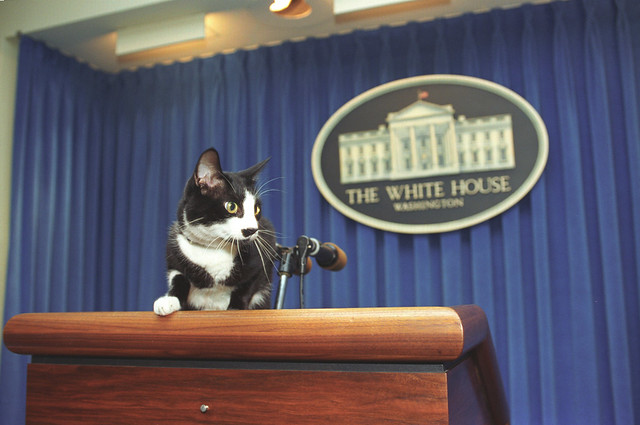The Getty Conservation Institute recently released a new resource called the Atlas of Analytical Signatures of Photographic Processes, which provides a growing collection of in-depth PDF guides of various photographic processes and their variants. The goal of the project is to help researchers and those working with photography collections correctly identify the photographic process of specific prints in their collections so as to make the safest decisions regarding the conservation, exhibition, and storage of the works.
The Atlas currently contains guides to eleven processes, including Albumen, Silver Gelatin, and Photogravure, and combines historic information about the process with information about how artists were using the technique in the darkroom, as well as contemporary conservation science knowledge.
For more information, explore the Atlas of Analytical Signatures of Photographic Processes.
Via ArtDaily
